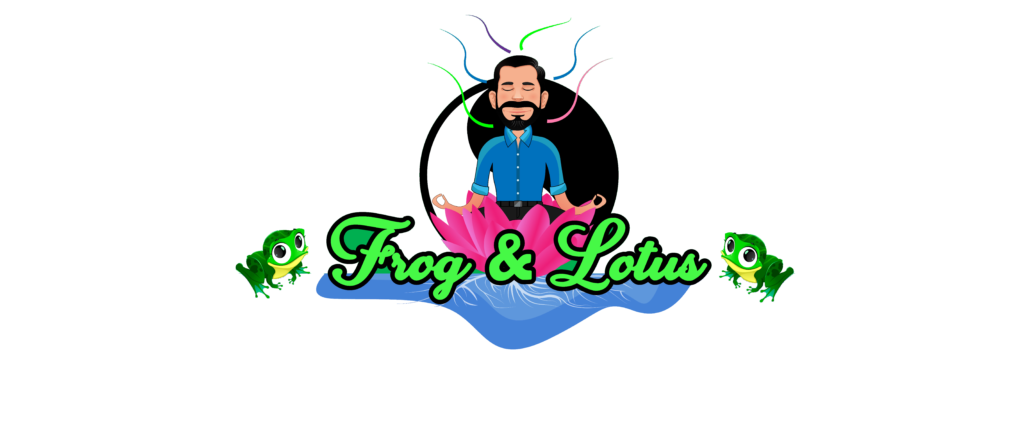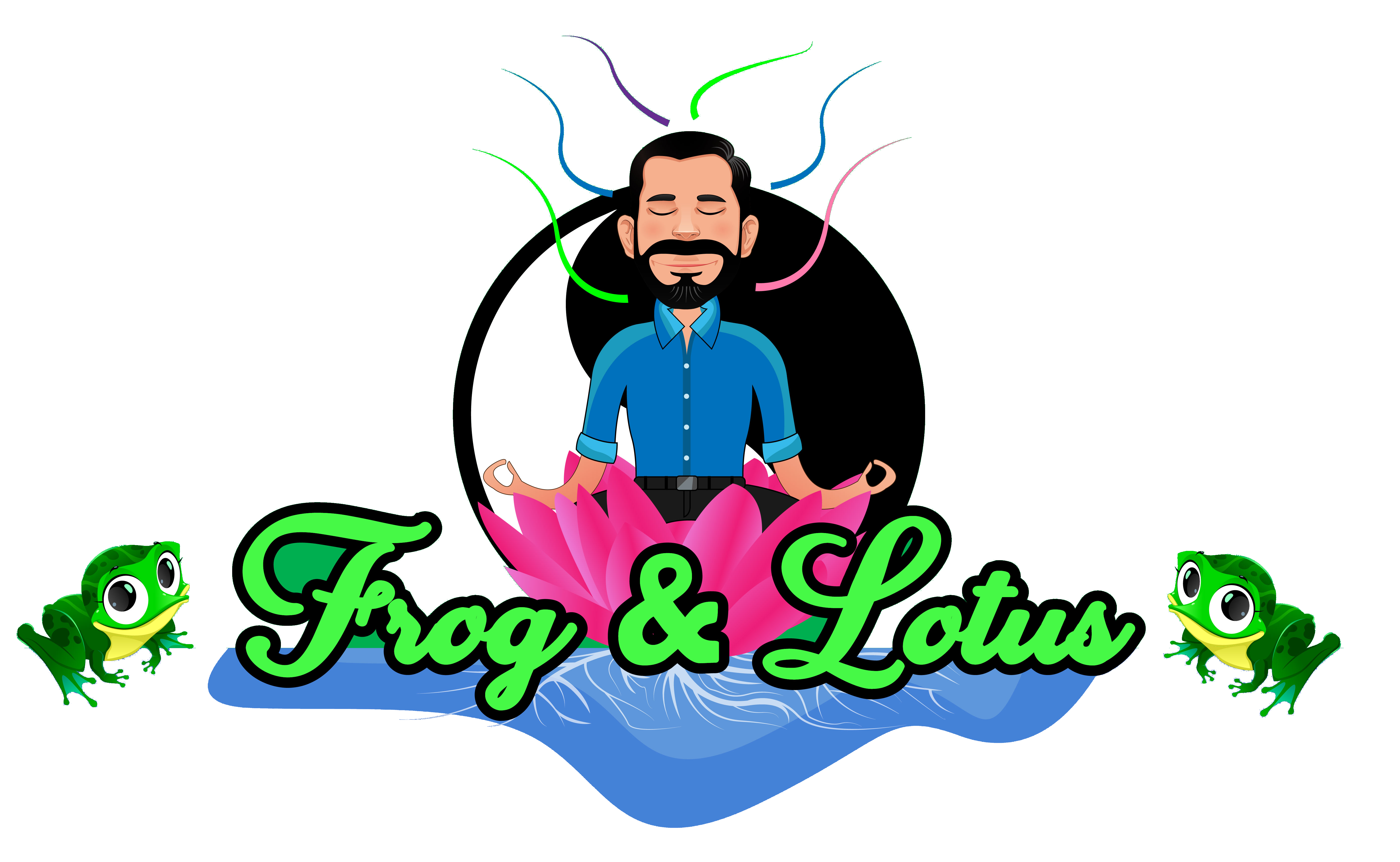Yes, claims can be changed during an IPR or RMP. For a 35 U.S.C. 102 technology to be “anticipated” (and therefore not patentable), prior art must teach all aspects of the invention claimed explicitly or implicitly. `A claim shall be anticipated only if each individual element, as set out in the claim, is described explicitly or intrinsically in a single reference to prior art.` Verdegaal Bros.c. Union Oil Co. of California, 814 F.2d 628, 631 (Fed. Cir. 1987). A patent may be amended in the course of intellectual property rights, but only in the context of an application after consultation with the Chamber and, as a general rule, at the latest after the submission of the patent owner`s response. The application could be rejected if: (1) does not address a ground of non-patentability invoked at trial; or (2) attempts to extend the scope of claims or introduce new subject matter. A request for an additional amendment may be approved for cause or at the joint request of the applicant and the patent owner in order to significantly advance a regulation. The marker exists and someone holds a patent on it.
Then someone invented the stackable cap, which is the cap on the dry wipe marker that allows the markers to connect to each other. This cap was an invention and could have been patented itself. However, holding the patent on the cap does not allow the new dry-wipe markers to be built. Someone else holds that patent. The patent on the cap handle prevents the original manufacturer of dry wipe markers from adding the improved cap to the marker. A utility model, the most common type, protects assistive devices. Software patents fall under this umbrella, but are sometimes considered a very different type of patent. Patent law is designed to encourage inventors to disclose their new technology to the world by providing the incentive for a temporary monopoly on the technology.
For U.S. utility models, this limited patent time is 20 years from the first filing date of the patent application (however, this term can be extended by adjusting the patent term). At the end of the patent term, the new technology enters the public domain and can be used free of charge by all. In the United States, a patent owner may want to pursue a plea before the U.S. International Trade Commission (ITC) instead of or in addition to the court system. The ITC is an agency of the U.S. federal government that has the authority to enforce the rights of patent holders under Section 337 of the Tariff Act of 1930. Unlike courts that have a wide range of remedies, including financial damages, the ITC can only grant two forms of remedy: exclusion orders that prohibit the importation of counterfeit goods into the United States and injunctions that prevent defendants (called defendants) in the itC lawsuit from importing counterfeit products into the United States. In addition, the ITC may grant an interim appeal, similar to a preliminary injunction in a US federal court that prevents the importation of allegedly counterfeit products for the duration of the ITC proceedings. [7] In some cases, this can lead to a faster resolution of a patent owner`s problems.
[Citation needed] A typical patent process takes five days a week, but the duration may be shorter or longer, depending on the number of problems or the number of patents in the case. In the 1980s, a chiropractor, Robert Lech, was computerizing his office. He wanted to scan his documents in his computers. Lech`s friend, Mitchell Medina, who had some experience in patent law, felt that the idea was too broad and obvious to qualify for a patent. However, particular software that formats the digitized hardware would be much more likely to win a patent. The invention must be new. It must have an element of novelty. No one else can already consider a patent to be the same invention. Yes, process patents play a more important role in patent enforcement cases, especially at ITC, where foreign manufacturing processes are involved. A Party is responsible for the importation into the United States of foreign-made goods by a process patented in the United States, with the following two exceptions: (i) the product is physically modified prior to importation; or (ii) is a trivial part of another product (U.S.C§ 271(g)).
These two exceptions do not apply to itC. One of the most controversial aspects of patent law is that it does not recognize the differences between the types of inventions. This is a difficult topic for industries where innovation can take years. For example, drugs often have to go through years of testing before they are ready for commercialization, but a preliminary patent only takes 12 months. This creates a weakness for the intellectual property of pharmaceutical companies. 1.33 How many levels of attractiveness are there? Is there a right to a second appeal? How often is there a second instance of appeal in patent cases in practice? The audience will be the judge in a court case or jury. While proceedings in district courts typically involve a jury in patent infringement cases, some proceedings, such as . B Abridged New Drug Application (“ANDA”) litigation involving generics up to final approval by the U.S. FDA, does not involve a jury. Because there are so many patents, it`s hard to innovate without risking a patent infringement lawsuit. Therefore, it is important for inventors to hire a lawyer who knows a particular industry and can guide the inventor through the patent process. A survey of 12 industries conducted from 1981 to 1983 shows that patent use is high in all industries in the United States, with 50% or more patentable inventions patented.
[8] In summary, our band could benefit from all three types of intellectual property protection. Since trademarks apply to a name, logo or slogan, we can register both our group name and our slogan. This prevents others from using the same name and/or slogan. We can then protect all the songs we write because copyright protects works of art. Our copyright prevents others from using or adopting our songs. Finally, we can file a patent application for the musical instrument we invent in retirement. The patent prevents others from making, using, offering for sale or selling our invention. Trademark law, copyright and patent law are intellectual property law. Intellectual property refers to things created with the mind.
.

